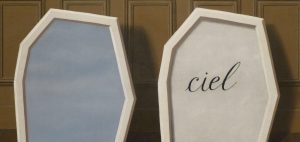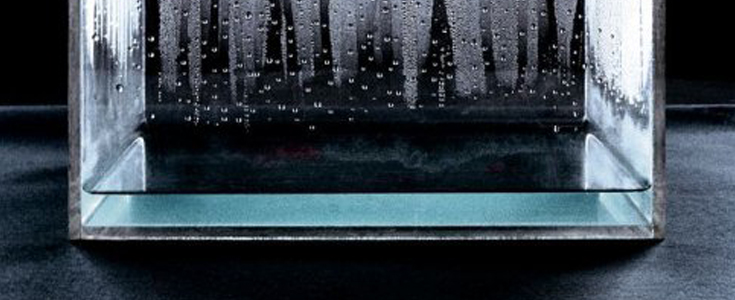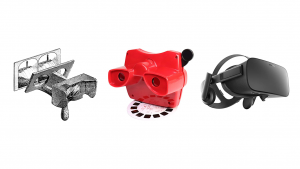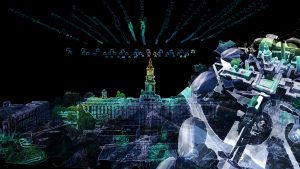Instructor: Albert Chao
ARC 619
Spring 2021
DESCRIPTION:
Hans Haacke’s 1965 Condensation Cube is a sealed plexiglass container with water. As a physical object, it exemplifies a closed environmental system; water is in a constant state of evaporation and condensation. Beyond the cube and situated within the museum context, the reading of the piece expands to engage and critique a different environment: the institutional setting, the highly controlled environment, and the space of cultural valuation and exchange.
In dialogue with the Condensation Cube, the ambition of the class is to draw, model, and build physical and digital prototypes to explore tempered environments. The class will seek to materialize the ephemeral and the seemingly imperceptible. We will situate the work within a larger historical and theoretical framework of Reyner Banham’s The Architecture of the Well-Tempered Environment. We will engage with microprocessors, sensors, actuators, material properties, and perceptual experiences as tools used for sensing. We will investigate the role of softness and programmability in relation to technology. We will explore the role of software in relationship to physical prototypes and assemblies.
We will first build a prototype with a specified environmental thermal task. As the class unfolds, the first prototype becomes a site of reinvention, as we continually readapt and repurpose the enclosure in a successive series of tasks. Each iterative reinvention will explore one specific modality of sensing that include temperature, light, movement, and interaction. We will explore multiple approaches to interactivity, flexibility, and adaptation as we rebuild the prototype. With each exploration, we will also develop interactive digital models that explore a larger networked system.



